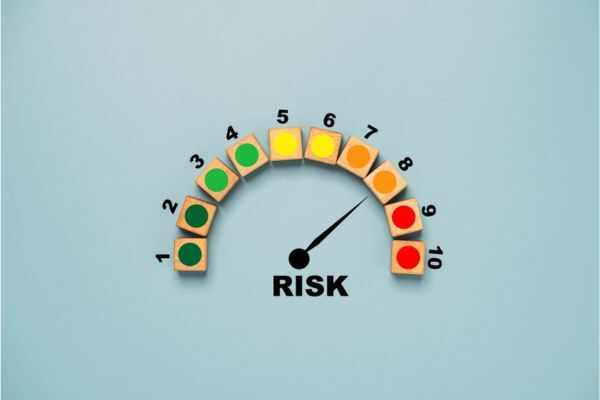Insights
INSIGHTS
All Topics
How to take measured risks
28 May 2024by Christine Chiu
We explore how your organisation can balance out risks and benefits in decision-making
Success comes with elements of risk and failure. Within the non-profit sector, the fear of failure is strong. Ewan Kirk, co-founder of the Turner Kirk Trust, underscores the unease: “Charities don’t experiment because they are afraid of failure. Any experimentation they do around their ways of working is often minimal, which can make them less efficient and deter them from continuing.”
Despite the threat of strangling innovation, charities are still reluctant to take risks. To encourage our audiences along, we take a look at how to evaluate and take measured risks. These are key tips for growth.
Define the risk appetite
Ahead of taking any risk decide on how much of it is acceptable. This could be financial, internal resourcing, or other metrics.
The Institute of Risk Management suggests building a range of tolerances. As an example, they note the crux of the matter: “You may not be prepared to take any risks that could harm a service user but would happily consider new and untested ways of raising funds.”
Think about reputation
Consider how your image and charity’s purpose could be viewed when implementing a risky move. Will a new logo alienate audiences or drive more engagement?
Make sure you’ve thought through what that looks like. Have a plan or explanation if something goes wrong.
Look at the numbers
Return on investment is a key driver in financial decision-making. Use it to estimate the benefits of spending or to discard a competing decision.
Check out our guide to KPIs for other ways to measure impact.
Do a SWOT analysis
Do a basic analysis of the strengths, weaknesses, opportunities, and threats of a decision. As an example, when considering a new CRM system, think not only about the weaknesses and threats, but also about future-proofing and better data. Cost is only one element of the SWOT analysis.
Consider how much is at stake
Especially when making a financial investment, calculate how much you’re willing to lose. CAF highlights this thinking: “If any loss of capital would affect the operation of your charity, this should be taken into account when assessing the risk you’re able to take.”
In simple terms, if the whole project is a failure, is that acceptable?
Use the Four Ts
According to Lime Green Consulting, the Four T’s manage risk. They are:
- Transfer: Risks may be transferred – insurance products, for example, offload part of the burden
- Tolerate: These are risks that are acceptable
- Treat: Developing policies, treatments, and ‘cures’ for when things go wrong
- Terminate: Having a marked way of when to abort on the mission
Get your trustees on board
Trustees have insight and responsibility for charity operations. Engaging them on the risks associated with a particular action provides leadership and guidance.
Involve partners
Risk sharing spreads all dimensions of success and failure across the group. If there’s a project or service delivery idea that has won the approval of the management team, get others on board.
Charity-charity partnerships are already prevalent, with programmes like Catalyst and the Climate Change coalition bringing large numbers of organisations together.
Look at what others have experienced
To gain insight on alternatives, examine what others are doing. Charities may have similar experiences or are willing to discuss their insights.
Consider the situation when implementing a CRM system. Speaking to other users like Oxfam and Barnardo’s will help explore teething issues and successes.
Anticipate mistakes
Broadly expect to stumble on the innovation journey. Check out the most common mistakes when implementing a decision. For risk managers, errors include a misalignment of business versus strategy, human impacts, and out-dated data, says LinkedIn.
Set incremental milestones
Don’t make a massive investment or decision all at once. Creating a project timeline with spend milestones means nothing can be lost in its entirety. Remember to evaluate the successes and failures at each junction so learnings can be taken forward.
Track the project
To get a grip on how to develop the investment, use project management software to chart the planning, execution and launch of a decision. Include formal assessment of risk for senior staff to ensure that the project stays within risk appetite parameters.
Christine Chiu
More on this topic
Recommended Products
Related Videos
Our Events
Charity Digital Academy
Our courses aim, in just three hours, to enhance soft skills and hard skills, boost your knowledge of finance and artificial intelligence, and supercharge your digital capabilities. Check out some of the incredible options by clicking here.
















